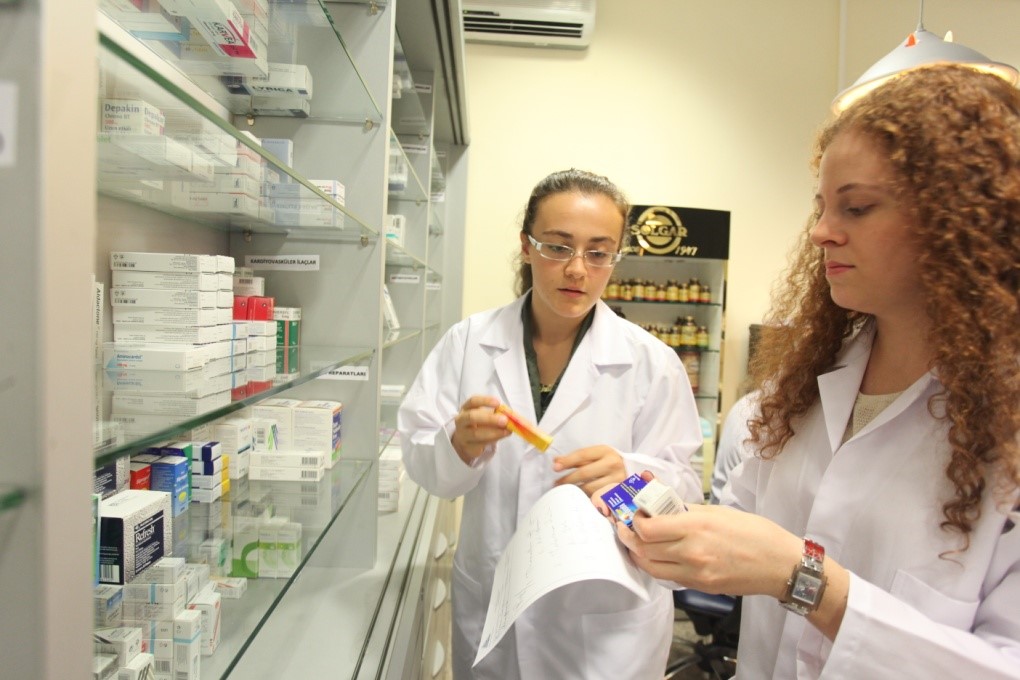
What is Physical Therapy?
The American Physical Treatment Association specifies physical treatment as "... a health profession whose primary function is the promo of optimum human health and function through the application of clinical principles to prevent, recognize, examine, fix, or minimize acute or prolonged motion dysfunction".
Physical Treatment is a profession whose primary purpose is the restoration, upkeep, and promo of ideal health, function, and quality of life for individuals of any ages. The science of physical therapy involves the application of healing methods, methods, and interventions that help rehabilitate an individual to their optimum physical potential. The art of physical therapy is assisting people help themselves.
In laws and regulations specifying practice, physical treatment is often defined as the care and services supplied by a physiotherapist or a physical therapist assistant under the instructions and guidance of a physiotherapist, and include:
Alleviating problems and practical restriction by designing, carrying out, and customizing therapeutic interventions;
Avoiding injury, problems, functional limitation and special needs; and Participating in consultation, education, and research.
More details about the profession of physical therapy might be acquired by visiting the American Physical Treatment Association's website at www.apta.org
Who are Physical Therapist Assistants?
Physical Therapist Assistants, or PTA's, are knowledgeable healthcare service providers who deal with and under the instructions and supervision of a physical therapist to supply physical therapy services. In order for an individual to practice as a PTA, they need to graduate from an accredited PTA program and effectively pass a licensing/certification examination.
PTA's play an integral function in offering physical therapy services for individuals with different disabilities. When a client seeks or is referred for physical therapy services, the physiotherapist performs a preliminary assessment and describes a strategy of care. The PTA can then perform all or part of the treatment plan as advised by the physiotherapist.
The American Physical Therapy Association acknowledges the PTA as the only person who assists the physiotherapist in the delivery Find out more of picked physical treatment interventions.
What does a Physical Therapist Assistant do?
The physiotherapist assistant (PTA) carries out physical therapy interventions and associated tasks under the instructions and guidance of a physical therapist. Such tasks may include training clients in therapeutic workout and activities of everyday living, using physical representatives such as cold, heat, electricity, or water for discomfort relief and healing, instructing individuals in the use of assistive gadgets for walking, taking part in injury care, promoting wellness and injury avoidance, offering client and household education, training patients in wheelchair activities, helping the physical therapist in carrying out patient evaluations and complicated interventions, and much more.
The PTA likewise monitors the client's reaction to treatment, carries out different tests and measures, files relevant elements of patient care, and keeps ongoing interaction with the supervising physiotherapist, in addition to other health care experts.
What is the difference in between a PT and a PTA?
The physical therapist (PT) and the physiotherapist assistant (PTA) differ in instructional preparation and levels of obligations as it connects to the provision of physical treatment services.
Today, the overwhelming bulk of PT schools educate physiotherapists at the Doctorate level, although numerous practicing therapists were educated when programs needed only a Master's or Bachelor's degree. The PTA is informed at the Associate's degree level, which normally equates to 2 years of college.
The PTA has a working knowledge of the theory behind treatment interventions, understands pathological conditions being treated, and comprehends how to apply techniques and techniques utilized to treat those conditions.
The PT has comprehensive education in evaluative skills, research study, and administration, as well as sophisticated coursework in human anatomy, neuroanatomy, orthopedics, pathology, and therapeutic methods. Both the PT and the PTA must finish from accredited programs and pass a licensing evaluation in order to practice in their particular roles.
Consumers/patients might seek the services of the physiotherapist directly, or, the client may be described a physical therapist by a doctor. The PT performs the initial assessment and assessment of the client. The evaluation will lead to a physical therapy medical diagnosis, and as appropriate, the PT will develop objectives or outcomes to be achieved by a physical therapy strategy of care and treatment plan.
The PTA can not carry out the initial evaluation or examination; however, the PTA might assist the PT in gathering data. Following the assessment of the client, the PTA may carry out selected interventions and information collection as directed by the monitoring PT. The PTA should constantly work under the direction and guidance of a physical therapist. The collaborative relationship in between the PT/PTA is highly efficient and valued, and the team significantly adds to the success of the overall rehab process.